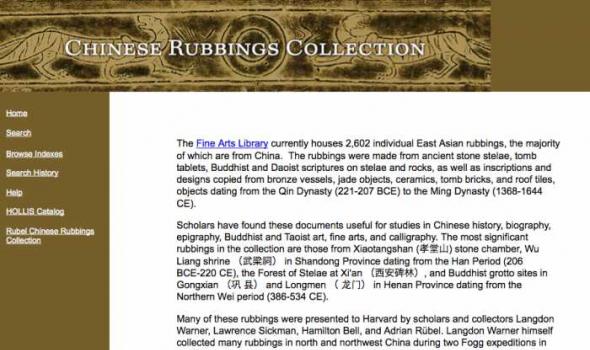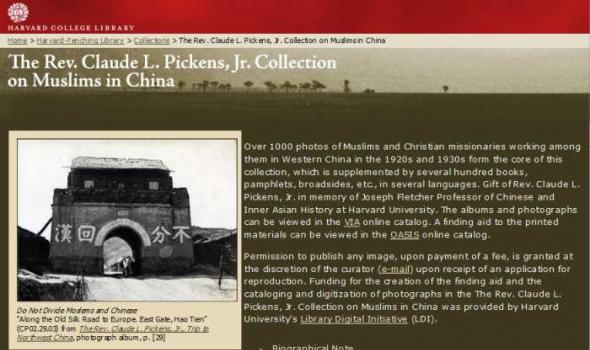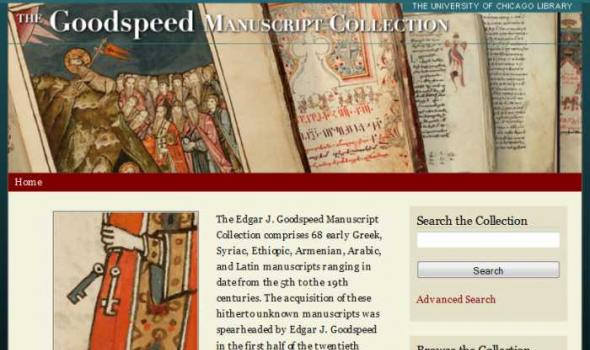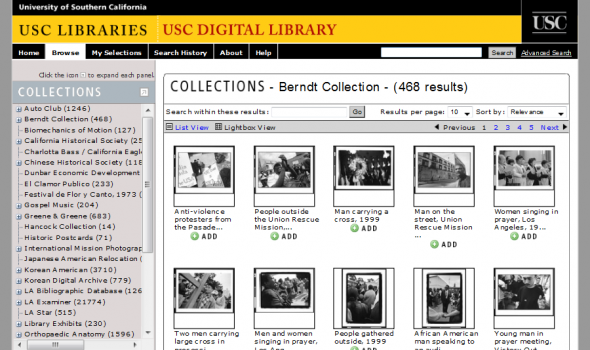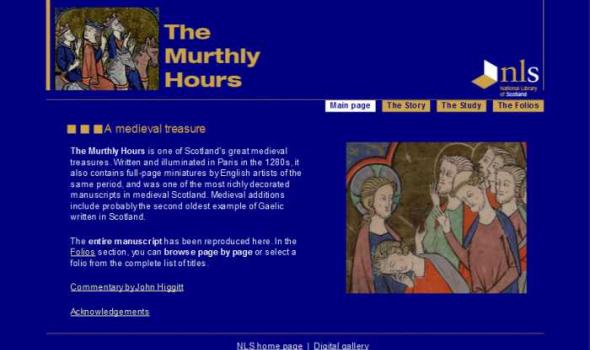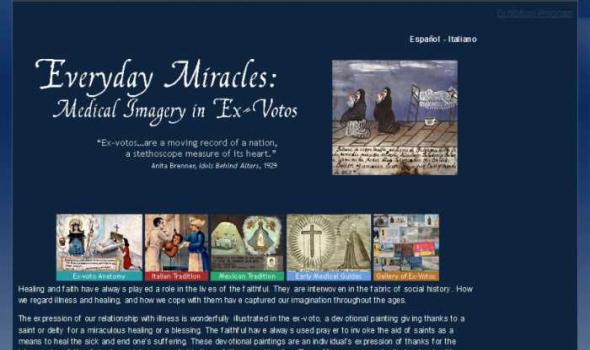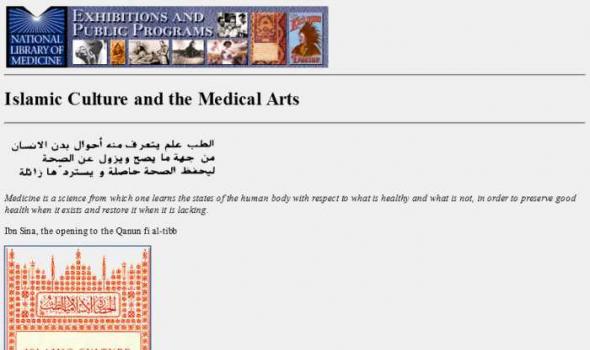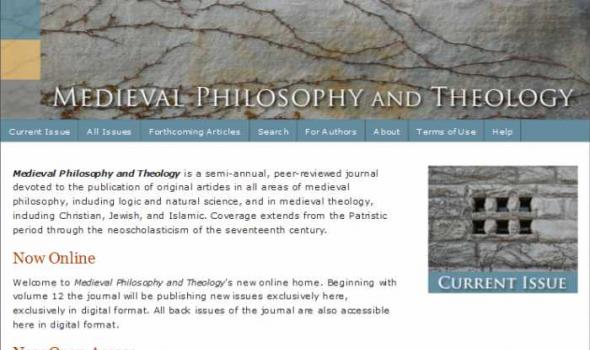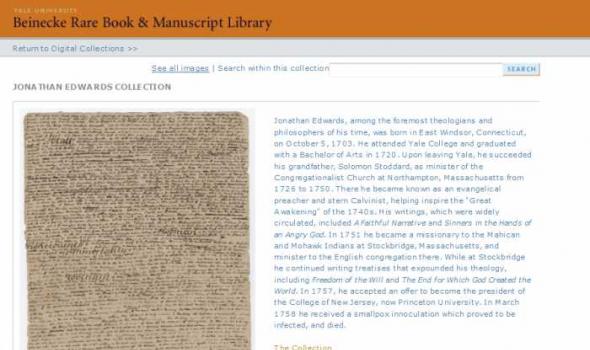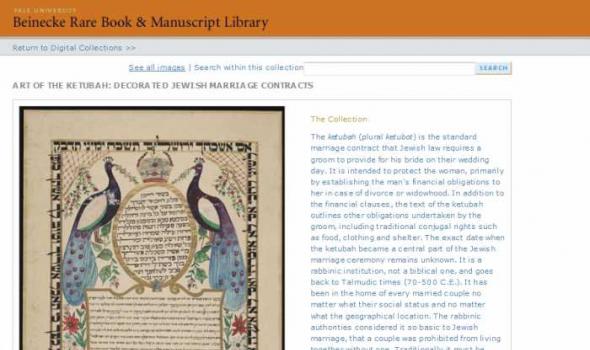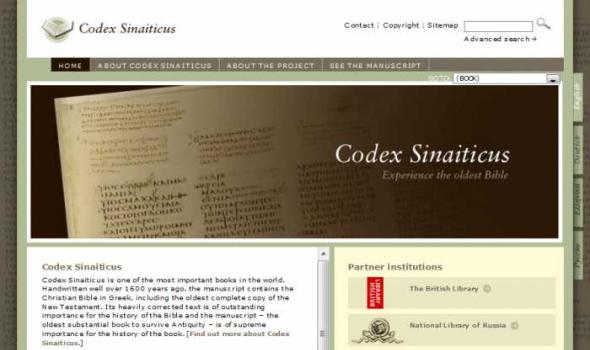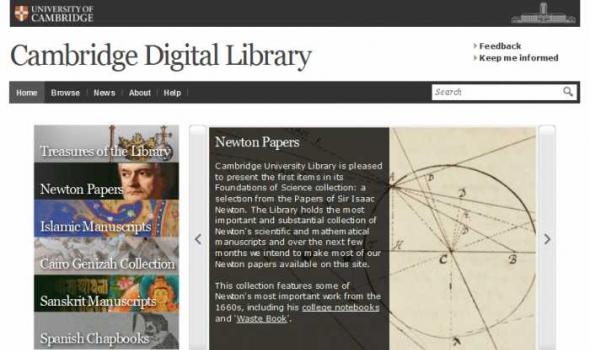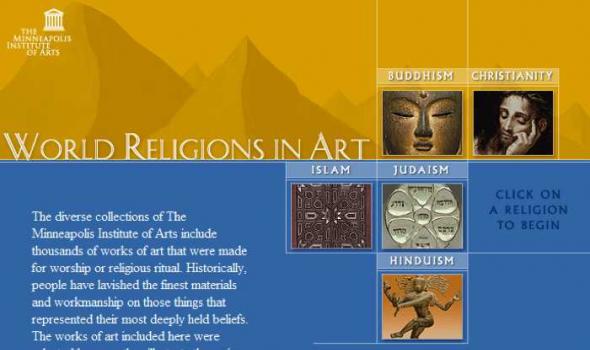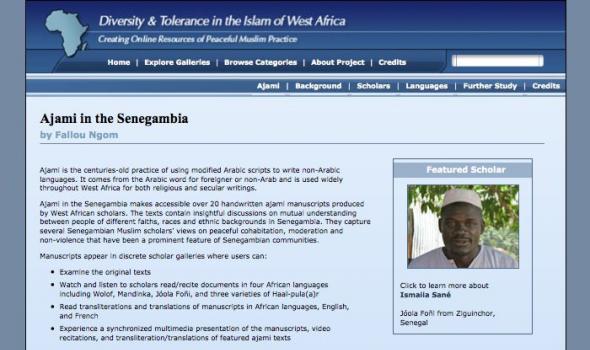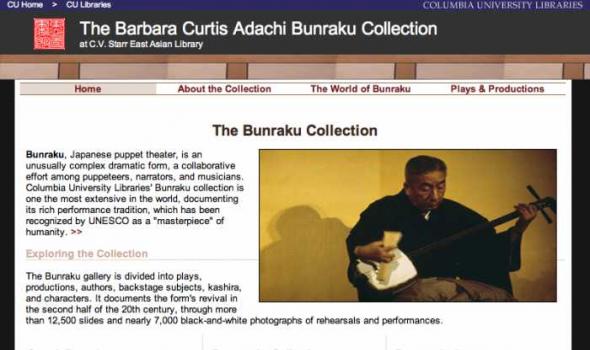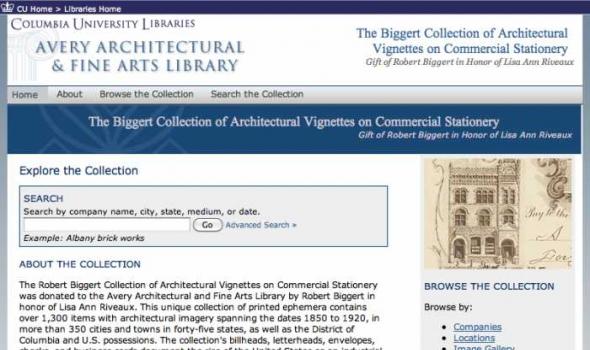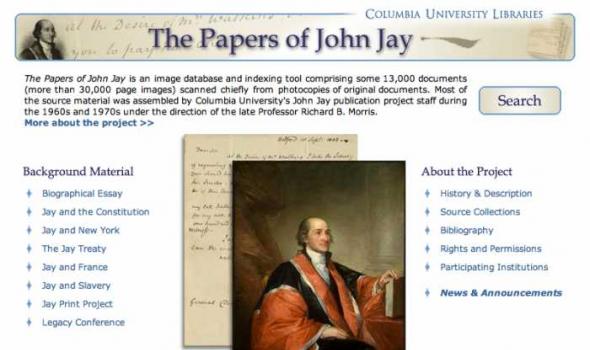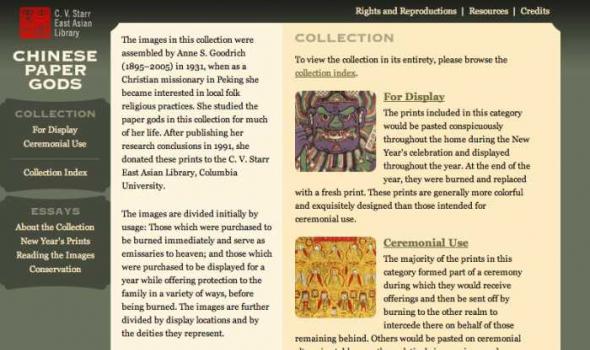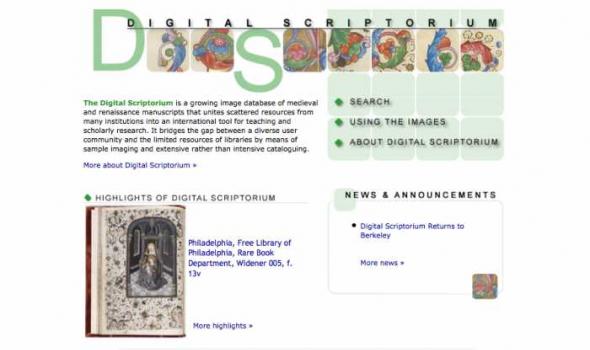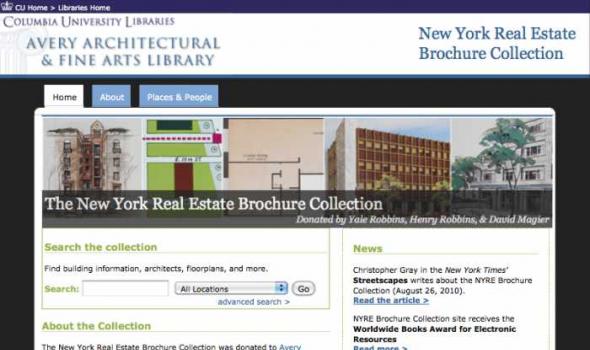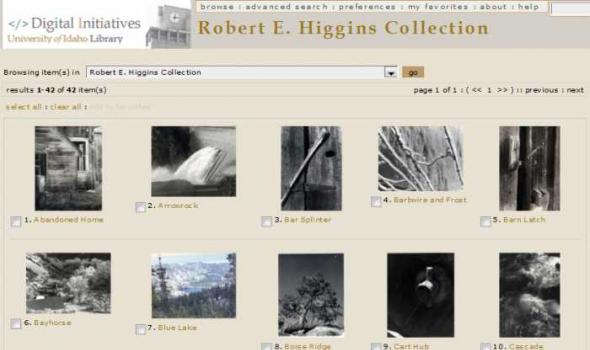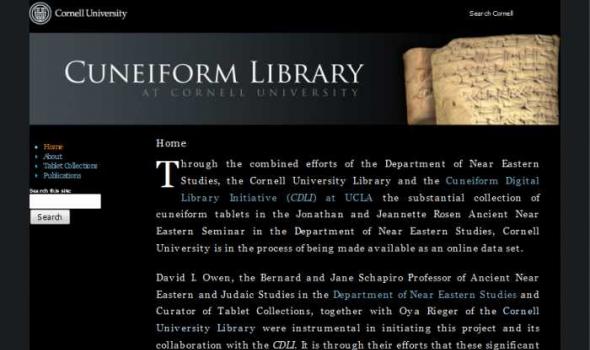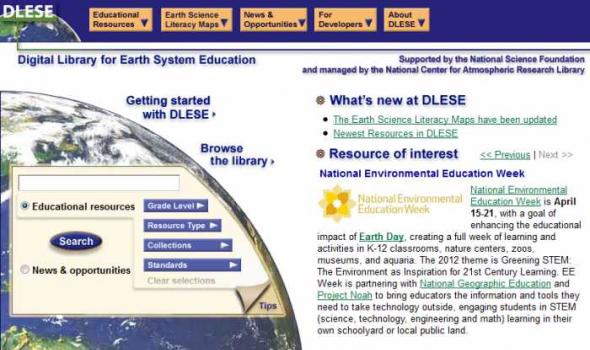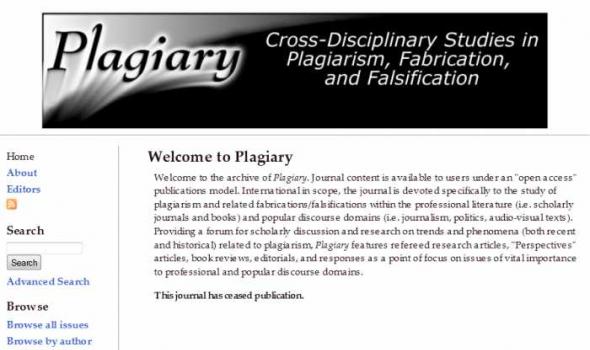Religion
The Fine Arts Library currently houses 2,602 individual East Asian rubbings, the majority of which are from China. The rubbings were made from ancient stone stelae, tomb tablets, Buddhist and Daoist scriptures on stelae and rocks, as well as inscriptions and designs copied from bronze vessels, jade objects, ceramics, tomb bricks, and roof tiles, objects dating from the Qin Dynasty (221-207 BCE) to the Ming Dynasty (1368-1644 CE).
Through the Islamic Heritage Project (IHP), Harvard University has cataloged, conserved, and digitized hundreds of Islamic manuscripts, maps, and published texts from Harvard’s renowned library and museum collections. These rare—and frequently unique—materials are now freely available to Internet users worldwide. IHP is made possible with the generous support of Prince Alwaleed Bin Talal . For the IHP, Harvard’s Open Collections Program (OCP) has produced digital copies of over 280 manuscripts, 275 printed texts, and 50 maps, totaling over 156,000 pages. Users can search or browse online materials that date from the 10th to the 20th centuries CE and represent many
The Rev. Claude L. Pickens, Jr. Collection on Muslims in China Do Not Divide Moslems and Chinese "Along the Old Silk Road to Europe. East Gate, Hao Tien" (CP02.29.03) from The Rev. Claude L. Pickens, Jr., Trip to Northwest China , photograph album, p. [29] Over 1000 photos of Muslims and Christian missionaries working among them in Western China in the 1920s and 1930s form the core of this collection, which is supplemented by several hundred books, pamphlets, broadsides, etc., in several languages. Gift of Rev. Claude L. Pickens, Jr. in memory of Joseph Fletcher Professor of Chinese and Inner Asian History at Harvard University. The albums and photographs can be viewed in the VIA online catalog.
Search the Collection Advanced Search in Entire Record Title or Type of Text Common Names of Manuscripts Places of Origin or Association Dates of Origin Languages Names of Individuals or Organizations Materials of Construction Imagery Imagery Keyword Books of the Bible and in Entire Record Title or Type of Text Common Names of Manuscripts Places of Origin or Association Dates of Origin Languages Names of Individuals or Organizations Materials of Construction Imagery Imagery Keyword Books of the Bible and in Entire Record Title or Type of Text Common Names of Manuscripts Places of Origin or Association Dates of Origin Languages Names of Individuals or Organizations Materials of Construction Imagery Imagery Keyw
- Berndt Collection Collection Description Jerry Berndt Collection is a collection of 774 photographs shot by Jerry Berndt. These photographs were created under the auspices of Center of Religion and Civic Center(CRCC), USC. Jerry Berndt is an American photojournalist based in Paris. His photographs are included in the permanent collection of the Museum of Modern Art (New York), the Museum of Fine Arts (Boston), the International Center of Photography(New York York), and the Bibliotheque National (Paris). This collection consists of two subcollections: Gateway Cities Photography Project and Soul of Los Angeles Collection. . The Gateways Cities Photography Project.
General Introduction The purpose of these brief introductory remarks is to tell you, first, what kind of information you can find on this website and, second, how you can retrieve this information. The core of the whole site is a scholarly database. This database contains all kinds of information about the illuminated medieval manuscripts of the Koninklijke Bibliotheek and the Museum Meermanno-Westreenianum. You can get access to this 'electronic catalogue' in various ways. When choosing your way, your own expertise and wishes should guide you. If you do not routinely consult databases and your interest in medieval illumination is not a professional one, you may start with our guided tour.
The Murthly Hours is one of Scotland's great medieval treasures. Written and illuminated in Paris in the 1280s, it also contains full-page miniatures by English artists of the same period, and was one of the most richly decorated manuscripts in medieval Scotland. Medieval additions include probably the second oldest example of Gaelic written in Scotland.
The entire manuscript has been reproduced here. In the Folios section, you can browse page by page or select a folio from the complete list of titles.
About The American Jewess Project Overview: The American Jewess Published between April 1895 and August 1899, The American Jewess was the first English-language publication directed to American Jewish women. Part of the emergence of new public identities for Jewish women, The American Jewess offered an evocative range of features that included demands for synagogue membership for women; health, household and fashion tips; early expressions of American Zionism; short fiction; and reflections on the propriety of women riding bicycles. The American Jewess represented the changing aspirations of America's prosperous and acculturated Jewish women.
The Koran About the Koran This is an electronic version of The Holy Qur'an, translated by M.H. Shakir and published by Tahrike Tarsile Qur'an, Inc., in 1983. The text was provided by the Online Book Initiative and subsequently marked up at the HTI in SGML. Like all the versions of this text derived from the Online Book Initiative, it is not free from errors and represents the text as published. We will strive to correct any transcription errors pointed out to us. Last revision 7 January 2000 (corrected a number of typos and encoding problems).
Site developed & hosted by Center for Digital Scholarship Brown University Library Providence, RI 02912 The Minassian collection and its holdings of early Qur’an folios This database catalogues the holdings of over 200 Qur’anic manuscript folios dating from the 9th to the 16th centuries housed within the special collections of the Brown University libraries. These items were acquired as part of a treasury of rich artistic and textual items donated in 1998 to Brown by Adrienne Minassian, the daughter of Kirkor Minassian (1874–1944), who was an active art collector and dealer based in New York and Paris in the early 20th century.
History of Medicine Español - Italiano Healing and faith have always played a role in the lives of the faithful. They are interwoven in the fabric of social history. How we regard illness and healing, and how we cope with them have captured our imagination throughout the ages. The expression of our relationship with illness is wonderfully illustrated in the ex-voto, a devotional painting giving thanks to a saint or deity for a miraculous healing or a blessing. The faithful have always used prayer to invoke the aid of saints as a means to heal the sick and end one's suffering. These devotional paintings are an individual's expression of thanks for the intercession of the divine in a crisis, a snapshot in time of illness and healing.
Islamic Culture and the Medical Arts Preface On the 30th of November 1094 AD (or to be more precise, the 19th of the month Dhu al-Qa`dah in the year 487 of the Muslim era), a scribe in Baghdad completed a copy of an Arabic treatise by one of the most important medieval physicians and clinicians -- Abu Bakr Muhammad ibn Zakariya' al-Razi, who worked in Baghdad in the previous century and was later known to Europe as Rhazes. This manuscript is the oldest volume in the National Library of Medicine (NLM) and the third oldest Arabic manuscript on any medical topic known to be preserved today.
About the Journal Medieval Philosophy and Theology is a semi-annual, peer-reviewed, online journal devoted to the publication of original articles in all areas of medieval philosophy, including logic and natural science, and in medieval theology, including Christian, Jewish, and Islamic. Coverage extends from the Patristic period through the neoscholasticism of the seventeenth century. Members of the Editorial Board and the panel of Editorial Advisors represent eleven different countries in Europe and North America, as well as a wide range of academic, disciplinary, and scholarly traditions and approaches. Medieval Philosophy and Theology occasionally publishes review articles and article-length critical discussions of important books in the field.
About the Project Welcome to Cornell University Library's web site on issues of race, ethnicity and religion. The incentive behind the project was provided by the interest expressed in 2004 by University President Jeffrey S. Lehman, the Provost, the Vice Provost, the Cornell University Librarian and the Cornell University Press in collaborating on a web-based project that would facilitate informed study and discussion of issues related to race, ethnicity and religion on the Cornell campus and in the U.S. In its initial pilot phase (Nov.
About Us Parliament Week (31 October - 6 November 2011) Crossing Borders: Hebrew Manuscripts as a Meeting-place of Cultures The Bodleian Library�s winter exhibition tells the story of how together Jews, Christians and Muslims have contributed to the development of the book. Crossing Borders: Hebrew Manuscripts as a Meeting-place of Cultures draws on the Bodleian�s Hebrew holdings, one of the largest and most important collections of Hebrew manuscripts in the world. Covering a time span of 300 years between the thirteenth century and fifteenth century, the exhibition brings to light different aspects of Jewish life in a non-Jewish medieval society.
Oneida Community Collection In 1960 Syracuse University Library acquired complete runs of the serial publications of Oneida Community and of its antecedents and branches, covering the span of years from 1837 until 1879. In 1983 the Library received a large collection of the surviving records of the Community. We are happy to be able to provide these additional primary documents for the scholars from Syracuse and elsewhere who have been coming to us for many years. Some Oneida Community documents have been digitized. Transcriptions are available online on the References page . About the Collection There have been several reasons for the Syracuse University Library to collect materials about Oneida Community and its antecedents and branches.
Amos Gerry Beman, a Black minister in New Haven, Connecticut, was a national leader during the mid-nineteenth century. He was a proponent of abolition, suffrage, temperance and educational and moral reform. Beman grew up in Colchester, Connecticut and later Middletown, Connecticut, where his father, Jehiel Beman, was appointed pastor to the first African American church in Connecticut. Beman’s father had worked tirelessly for emancipation and civil rights, and his grandfather, Caesar Beman, had been manumitted after serving in the Revolutionary War. The Collection
Jonathan Edwards, among the foremost theologians and philosophers of his time, was born in East Windsor, Connecticut, on October 5, 1703. He attended Yale College and graduated with a Bachelor of Arts in 1720. Upon leaving Yale, he succeeded his grandfather, Solomon Stoddard, as minister of the Congregationalist Church at Northampton, Massachusetts from 1726 to 1750. There he became known as an evangelical preacher and stern Calvinist, helping inspire the "Great Awakening" of the 1740s. His writings, which were widely circulated, included A Faithful Narrative and Sinners in the Hands of an Angry God. In 1751 he became a missionary to the Mahican and Mohawk Indians at Stockbridge, Massachusetts, and minister to the English congregation there.
Ketubah, marriage contract, manuscript, ink and paint on paper, 20th of Menahem 5671 [1911 August 14], Bombay, India The ketubah (plural ketubot ) is the standard marriage contract that Jewish law requires a groom to provide for his bride on their wedding day. It is intended to protect the woman, primarily by establishing the man's financial obligations to her in case of divorce or widowhood. In addition to the financial clauses, the text of the ketubah outlines other obligations undertaken by the groom, including traditional conjugal rights such as food, clothing and shelter. The exact date when the ketubah became a central part of the Jewish marriage ceremony remains unknown. It is a rabbinic institution, not a biblical one, and goes back to Talmudic times (70-500 C.E.).
An opening from one of the two bound volumes at The British Library. What is Codex Sinaiticus? Codex Sinaiticus, a manuscript of the Christian Bible written in the middle of the fourth century, contains the earliest complete copy of the Christian New Testament. The hand-written text is in Greek. The New Testament appears in the original vernacular language (koine) and the Old Testament in the version, known as the Septuagint, that was adopted by early Greek-speaking Christians. In the Codex, the text of both the Septuagint and the New Testament has been heavily annotated by a series of early correctors.
Cambridge Digital Library Introducing the Cambridge Digital Library Cambridge University Library contains evidence of some of the greatest ideas and discoveries over two millennia. We want to make our collections accessible to anyone, anywhere in the world with an internet connection and a thirst for knowledge." —Anne Jarvis, University Librarian Over the course of six centuries Cambridge University Library's collections have grown from a few dozen volumes into one of the world's great libraries, with an extraordinary accumulation of books, maps, manuscripts and journals. These cover every conceivable aspect of human endeavour, spanning most of the world's cultural traditions.
The diverse collections of The Minneapolis Institute of Arts include thousands of works of art that were made for worship or religious ritual. Historically, people have lavished the finest materials and workmanship on those things that represented their most deeply held beliefs. The works of art included here were selected because they illustrate the main theological concepts of the world's major religions. The texts attempt to provide concise overviews and are intended to serve as comparative teaching resources. Each entry was reviewed by a knowledgeable practitioner and/or ordained clergy of that faith.
by Gracia Clark The Muslim men and women in this gallery live and work in Kumasi, Ghana. They are not professional scholars or teachers, but they are deeply interested in following the principles of Islam. Their interpretations of the requirements and values of their faith influence their behavior at home, with their neighbors and at work as traders and tailors. Muslims are a minority in their city and country, where Christianity is the dominant religious affiliation and indigenous spiritual practices remain popular. The broader community sometimes neglects their interests or discriminates against them, but they continue trying to live a virtuous life and to expand their understanding of the Koran through study groups and discussions.
Ajami is the centuries-old practice of using modified Arabic scripts to write non-Arabic languages. It comes from the Arabic word for foreigner or non-Arab and is used widely throughout West Africa for both religious and secular writings.
Ajami in the Senegambia makes accessible over 20 handwritten ajami manuscripts produced by West African scholars. The texts contain insightful discussions on mutual understanding between people of different faiths, races and ethnic backgrounds in Senegambia. They capture several Senegambian Muslim scholars' views on peaceful cohabitation, moderation and non-violence that have been a prominent feature of Senegambian communities.
Pluralism and Adaptation in the Islamic Practice of Senegal and Ghana is a digital library of multi-media resources that demonstrate how innovative Africans have been in the history of Islam and Islamic practice and how they continue to live and experience Islam.
Four digital galleries – two from Senegal and two from Ghana – emphasize pluralism - the coexistence and indeed the mutual respect among people of different religious persuasions - and adaptation – situations where Islam takes root in a particular society and culture that changes over time.
